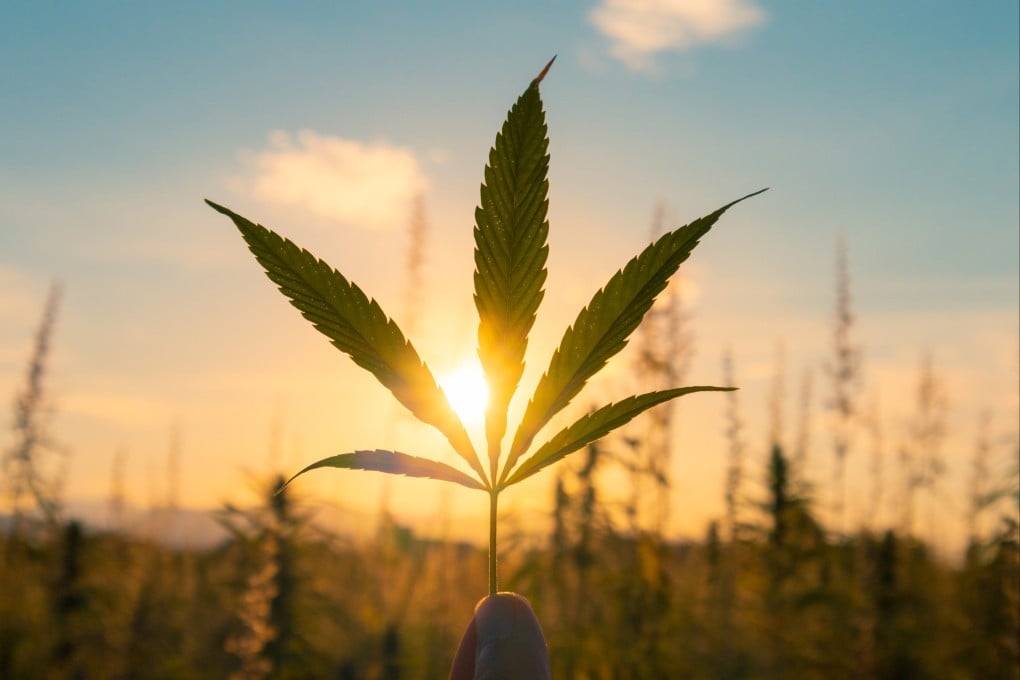What science says about CBD, derived from cannabis, used in food, drinks, lotions and cosmetics, and hailed as a cure-all – but banned in China
- The US Food and Drug Administration has not found adequate information showing how much CBD can be consumed, and for how long, before causing harm
- Nearly all CBD research has been done in rodents. As trials in humans grow, researchers expect it will be proven to be safe and effective

The first medical uses of cannabis date back to Emperor Shen Nung, the “father” of Chinese medicine. In the first Chinese pharmacopoeia, cannabis was recommended for fatigue, rheumatism and malaria, and its seeds were recommended to treat eczema, psoriasis and inflammatory diseases.
But cannabis was banned in many places in the 20th and 21st centuries because of its psychoactive properties. Its recent legalisation or decriminalisation in some jurisdictions has been accompanied by new lines of research focusing on the possible medical and therapeutic uses of its derivative cannabidiol, known as CBD, which does not possess these psychoactive properties.
The Hong Kong government banned CBD products from February 2023. In the United States, the Food and Drug Administration (FDA), citing safety concerns, has suggested that Congress develop a regulatory framework for them.

Many CBD product users are convinced they work, despite a lack of scientific evidence for manufacturers’ claims concerning their benefits.